Exploring LIDAR Lens Design: Innovations and Applications in Optical Engineering
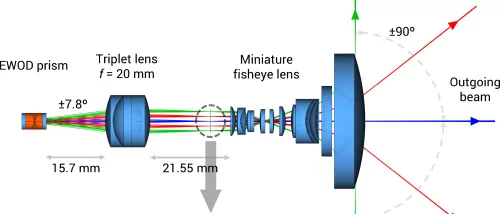
Introduction LIDAR, short for Light Detection and Ranging. In recent years, LIDAR has emerged as a transformative force across a multitude of industries, revolutionizing everything from autonomous vehicles to archaeology. But what exactly is LIDAR, how does it work, and why is it so significant? In this article, we will delve into the intricate world […]
Understanding objective lenses
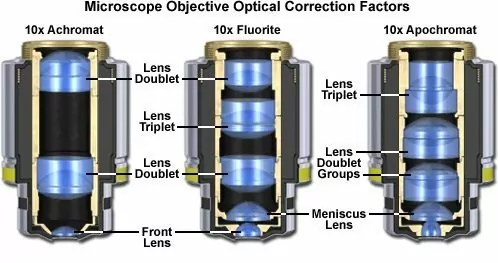
Introduction In previous entries, we have talked about the design of scanning microscopes, infinity corrected microscopes, confocal microscope design, and Koehler illumination systems-a common illumination system in microscopes. The most essential microscope element in a borescope design is the objective lens. Microscope objective lenses are a crucial part of a microscope, responsible for magnifying the […]
Types of Optical Designs used for Rifle Scopes
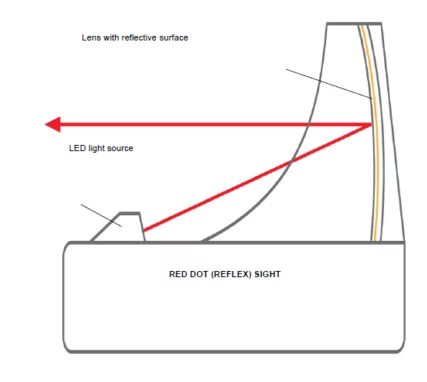
When Autumm arrives hunting season isn’t far behind, which brings us to today’s optical design topic, the optics of a rifle scope. Hunting is so popular in my state that it is a non-official holiday where school is “canceled” and congress gets the day off. I’m not sure if that happens elsewhere but it is […]
Unlocking Risley Prisms Precision in Optical Steering OFH
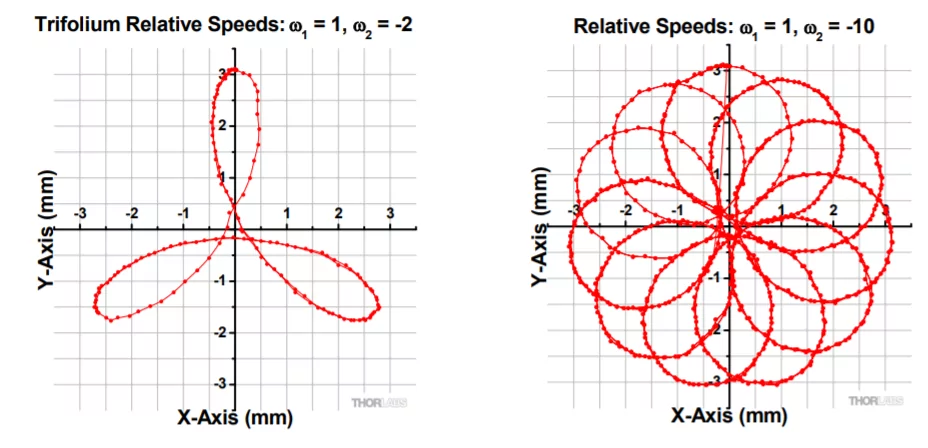
Introduction Previous posts have explained reflective, anamorphic and dispersive prisms and their use in optical systems. Today we will explain a prism configuration called Risley Prism. A Risley prism is actually two wedge prisms close to each other that can be rotated independently. This configuration was first used in optometry to measure the misalignment of […]
Mastering Optics Production Drawings: A Comprehensive Guide to ISO 10110 Standards
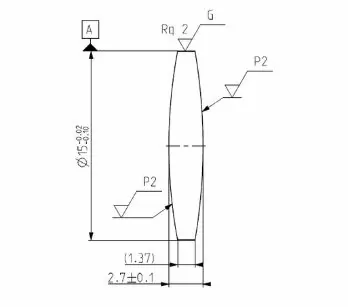
Introduction Optics production drawings play a pivotal role in the manufacturing process of optical components, devices, and systems. These drawings serve as detailed blueprints that guide engineers, technicians, and manufacturers in fabricating precise and high-quality optical products. Here’s an overview of their importance: 1. Accuracy and Precision: Optics production drawings provide precise specifications, including dimensions, […]
Powering advanced optical design with liquid lenses
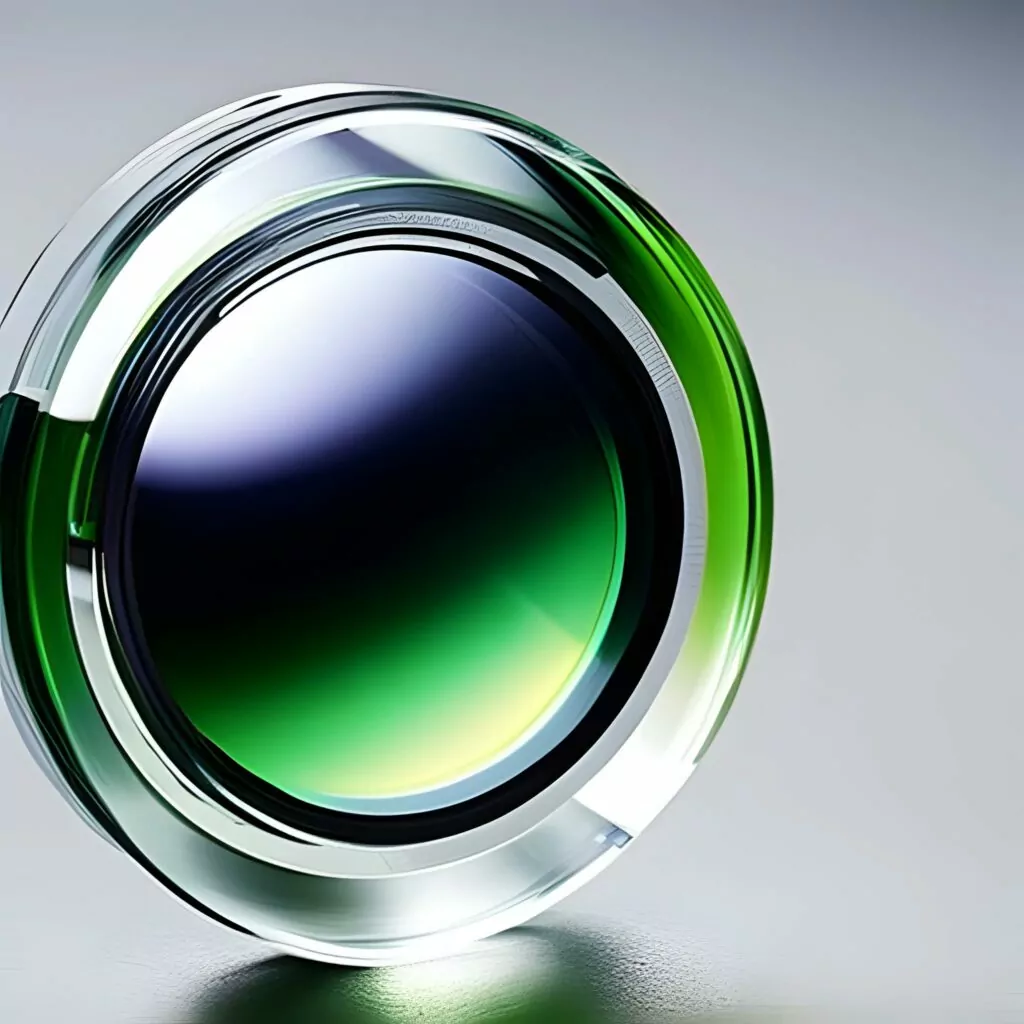
Liquid lenses, are a type of optical lens that have a tunable focal length by shaping a liquid electronically. These lenses can be based on voice coil actuation, or based on electrowetting technology, which involves manipulating the surface tension of a conductive liquid droplet by applying an electric field. The core component of an electrowetting-based […]